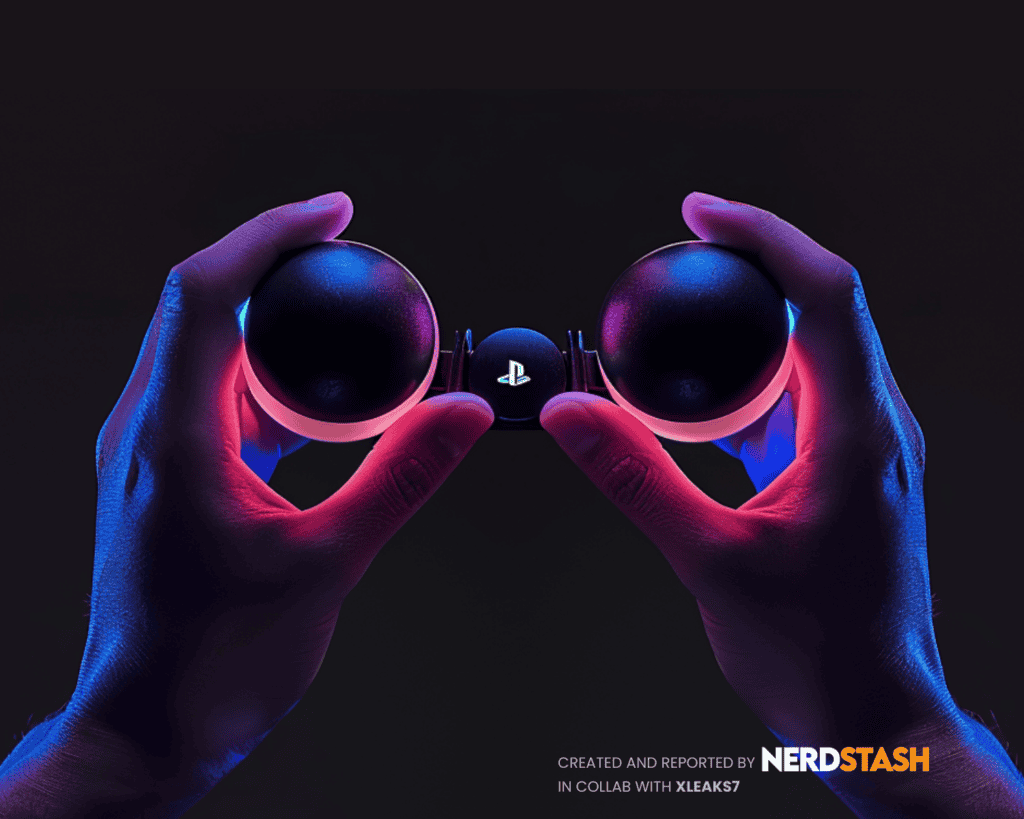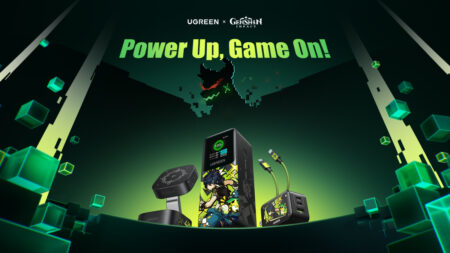Skip To...
As VR gaming gains popularity, tech giants like Sony continue working on innovations for their gaming controllers to better adapt them to market needs.
Current gaming controllers with buttons might be limited in providing a natural and engaging user experience in virtual reality. Therefore, Sony came up with a simple but unique idea for its future gaming controllers.
Thanks to our collaboration with David from @xleaks7, we discovered a patent describing the functionalities and design of Sony’s next-generation gaming controller.
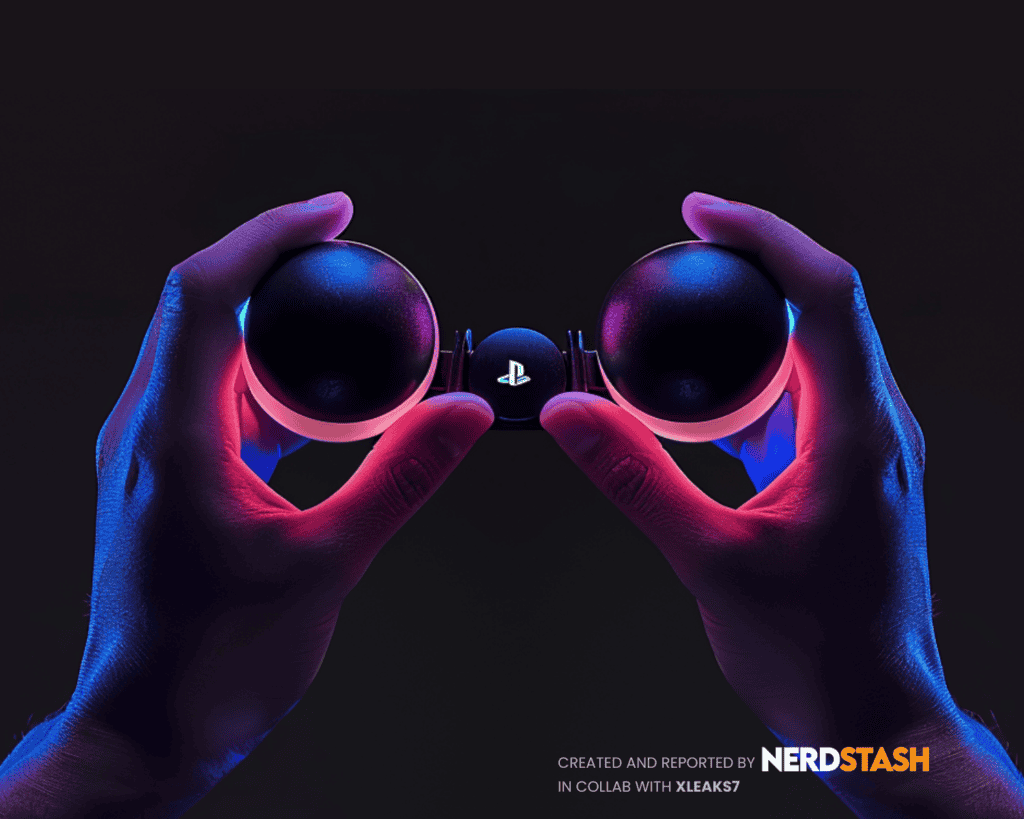
Design
The new gaming controller will have two resilient, deformable spheres connected by a hollow tube.
Each sphere and the tube itself have intricate patterns on their inner surfaces. These patterns play a crucial role in how the controller functions.
Equipped with cameras or sensors, this controller can detect distortions in these patterns when the spheres or tube are deformed by the user.
These distortions are then translated into specific input signals for the game, offering a new dimension of control.
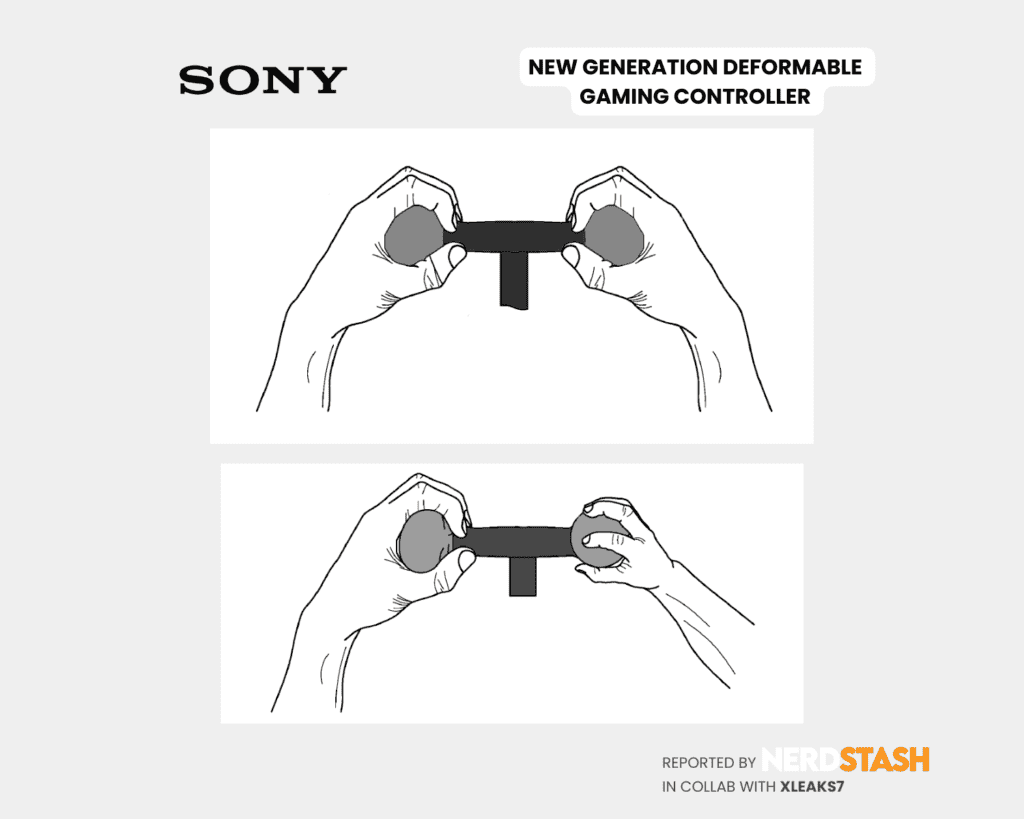
How Does It Work?
The controller’s functionality is both innovative and intuitive.
Inside the spheres and tube, there are patterns like dots or grid lines, which cameras or sensors are set up to capture.
When you squeeze, twist, or deform the spheres or tube in any way, these inner patterns distort. The sensors capture real-time images of these distortions, which are then processed by a computer to map the changes to specific commands.
These processed signals are sent to the game or simulation, translating your physical actions into in-game responses.
So, squeezing might make a character jump, while twisting could rotate the camera view, making the game feel more immersive and responsive to your movements.
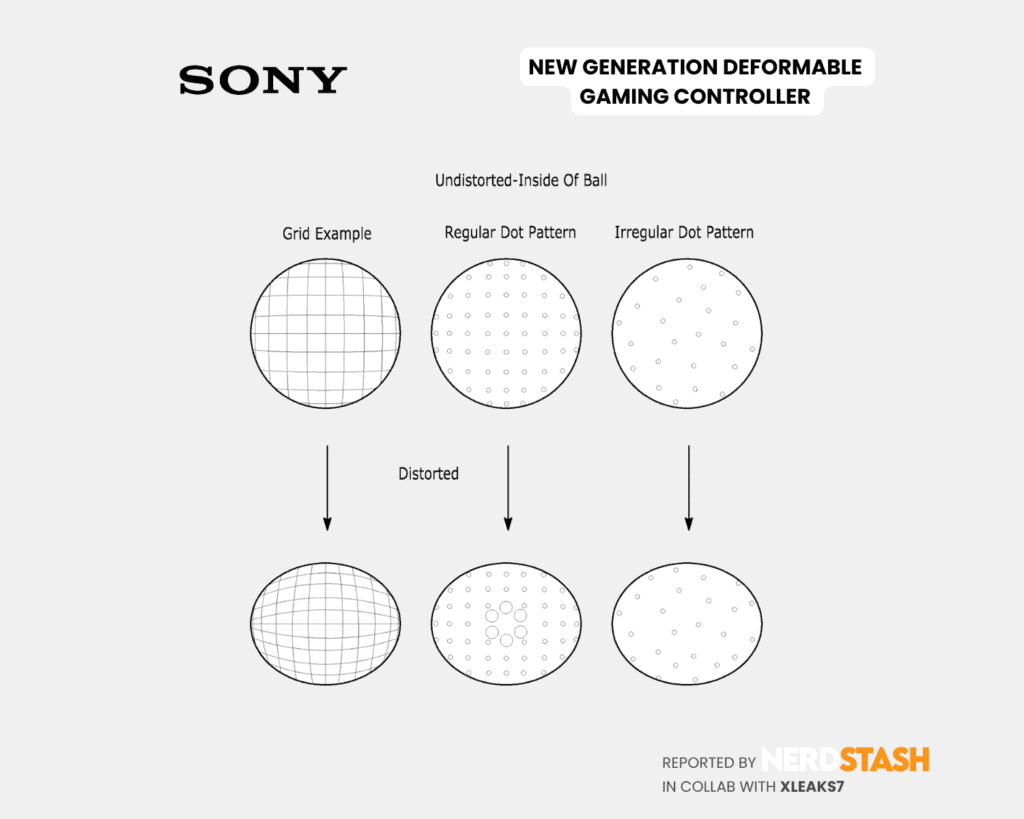
Input Examples
Based on the patent, the controller can detect a variety of inputs, making it adaptable for different types of games:
- Squeezing a Sphere: Compressing the sphere could be mapped to actions like jumping, shooting, or accelerating in a game
- Twisting the Tube: Rotating the tube might control directional movement, camera angles, or rotating objects within the game
- Combined Actions: Performing both squeezing and twisting simultaneously can execute more complex commands, like combination moves or intricate manipulations
- Partial Deformation: Slightly deforming the spheres or tube can provide nuanced control for fine-tuning movements or adjusting pressure-sensitive actions
The system can detect the following inputs and characteristics:
- Squeeze Pressure: How hard the user squeezes the sphere
- Twist Angle: The degree to which the tube or spheres are twisted
- Squeeze Location: Specific areas on the sphere being squeezed
- Deformation Speed: How quickly the deformation occurs
- Combined Actions: Simultaneous inputs like squeezing one sphere while twisting the tube
- Release Actions: Actions triggered by releasing the pressure or untwisting
The Future
Looking at such innovations, it’s obvious that gaming controllers are set for a major transformation.
The days of traditional controllers are numbered with the advent of these new deformable, sensor-packed devices that use advanced pattern recognition and machine learning.
These next-gen controllers will bring a new level of precision to gaming, turning every squeeze, twist, and bend into in-game actions.
Imagine having a controller that not only reacts to your touch but also learns from how you play. Get ready because the future of gaming is going to be nothing short of revolutionary.
NOTE TO EDITORS: The text and visuals of this article are the intellectual property of The NerdStash. If you want to share the content, please give a proper clickable credit. Thanks for understanding.

